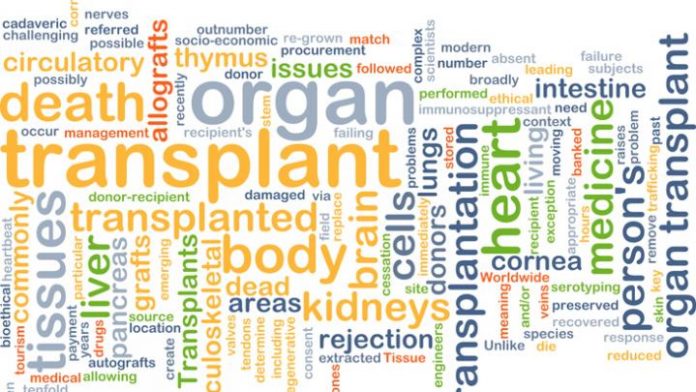The number of people leaving the USA for transplant tourism is on the rise, despite the high health risks. 75,000 people on active waiting lists for organs. Average waiting time is 4 years.
The number of people leaving the USA for transplant tourism is on the rise, alarming many in the medical profession. Transplant tourism is when a person leaves the country to travel to another country to receive a transplant that they are unable to get in their home country. In most cases, the organ for transplant is purchased on the black market where it has been secured from a prisoner or a poor person with limited financial prospects.
The people that choose to leave the country for transplant tourism have often been on a waiting list for an organ transplant for years. The most commonly transplanted organs are kidney, liver, heart, lungs, pancreas and intestines. In the USA there are 75,000 people on active waiting lists for organs every day, but only about 14,000 possible donors. 100,000 people with kidney disease are waiting to get a kidney transplant, and the average waiting time is 4 years.
As their health declines and there is no end in sight for their wait, many become desperate and seek any option they can to improve their health and extend their life. The countries most commonly travelled to for transplant tourism are the Philippines, India, Pakistan and Iran. The quality of health care in these countries is often far below what the patients can expect to receive in the USA, increasing the risk of health complications after the transplant. The organ donors in these countries may not be screened properly, increasing the risk of organ rejection after the transplant.
Researchers say that receiving an organ through transplant tourism can lead to serious and life-threatening complications. The risk of contracting an infection is also higher with transplant tourism. Some of the patients that have received an organ transplant this way have developed liver disease, hepatitis B, and hepatitis C. Other patients suffered through surgical complications and organ rejection.
The biggest risks come from the fact that there is rarely any follow-up care for these patients after they receive an organ transplant. Once the surgery is done, the patients typically return to their home country to recuperate, rarely consulting medical professionals until they suffer life-threatening complications.
US statistics show that a kidney transplant actually costs less in the long run than continued dialysis, but with too few donors, the use of that option is limited to the healthiest and youngest patients. But getting a kidney transplant through transplant tourism may be considerably more risky than waiting for a transplant in the United States.








 ©2024 All rights reserved LaingBuisson
©2024 All rights reserved LaingBuisson 


